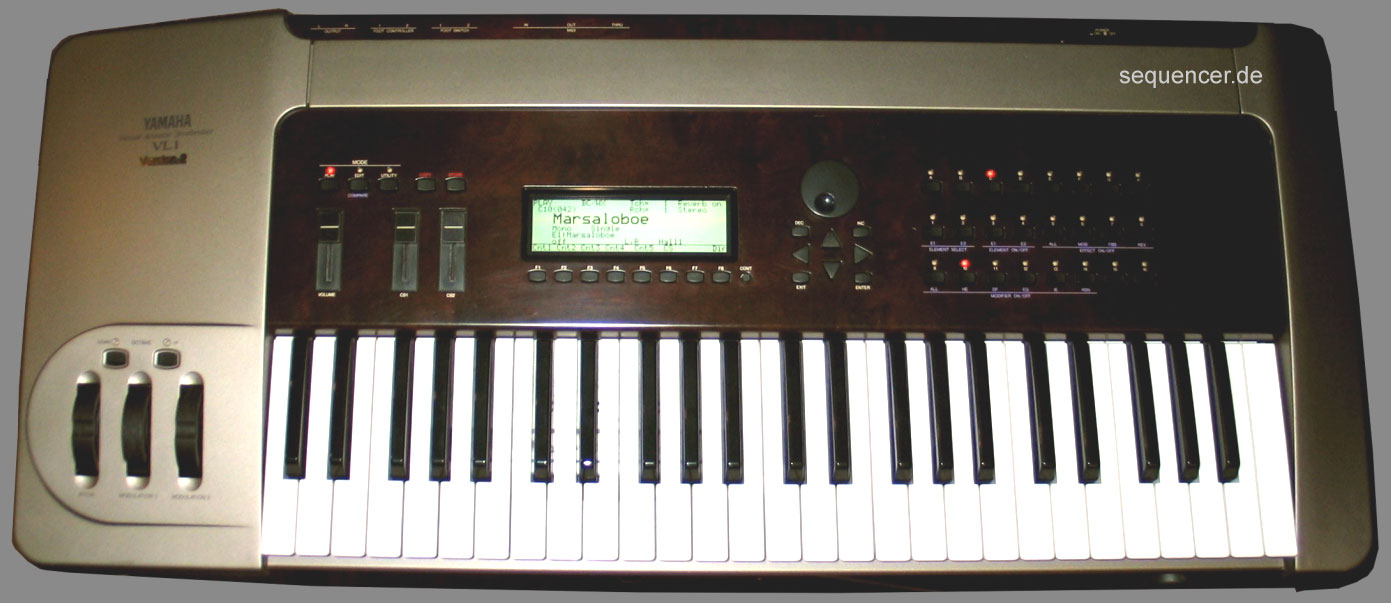As beely explained, and since DX7 V can't emulate the hardware part (keyboard, etc.), and already has emulated much better circuits and DACs then what even the DX1 had, what lacks is the possibility to layer two FM instruments. Besides that, you already have in DX7 V more than you had in a DX1. The only thing that's really missing is the layering/splitting possibility - but maybe a version 2.0 will add that to the picture... who knows?Krakatau wrote:i see...beely wrote:Well the main point of the DX1 was the actual hardware - impressive size, great visuals, great keyboard. Take those away, and you have two DX7's with slightly better components (= less noise, slight improvement in audio performance). Or a DX5 with less wood and without the weighted keyboard.Krakatau wrote:I totally agree that, after Fairlight CMI and Synclavier, it would be really great to find in the future emulations of these hi-end hardware instruments like VL-1 or DX1
...good to know, i had once the occasion to touch a DX5 so i know what you're talking about all in all, but had no clues about DX1's specifications !
BTW - You can layer as many DX7 V as you want (and your CPU holds) in AL3. I am thinking in doing that to recreate the TX816 (with eight DX7 V instances).





